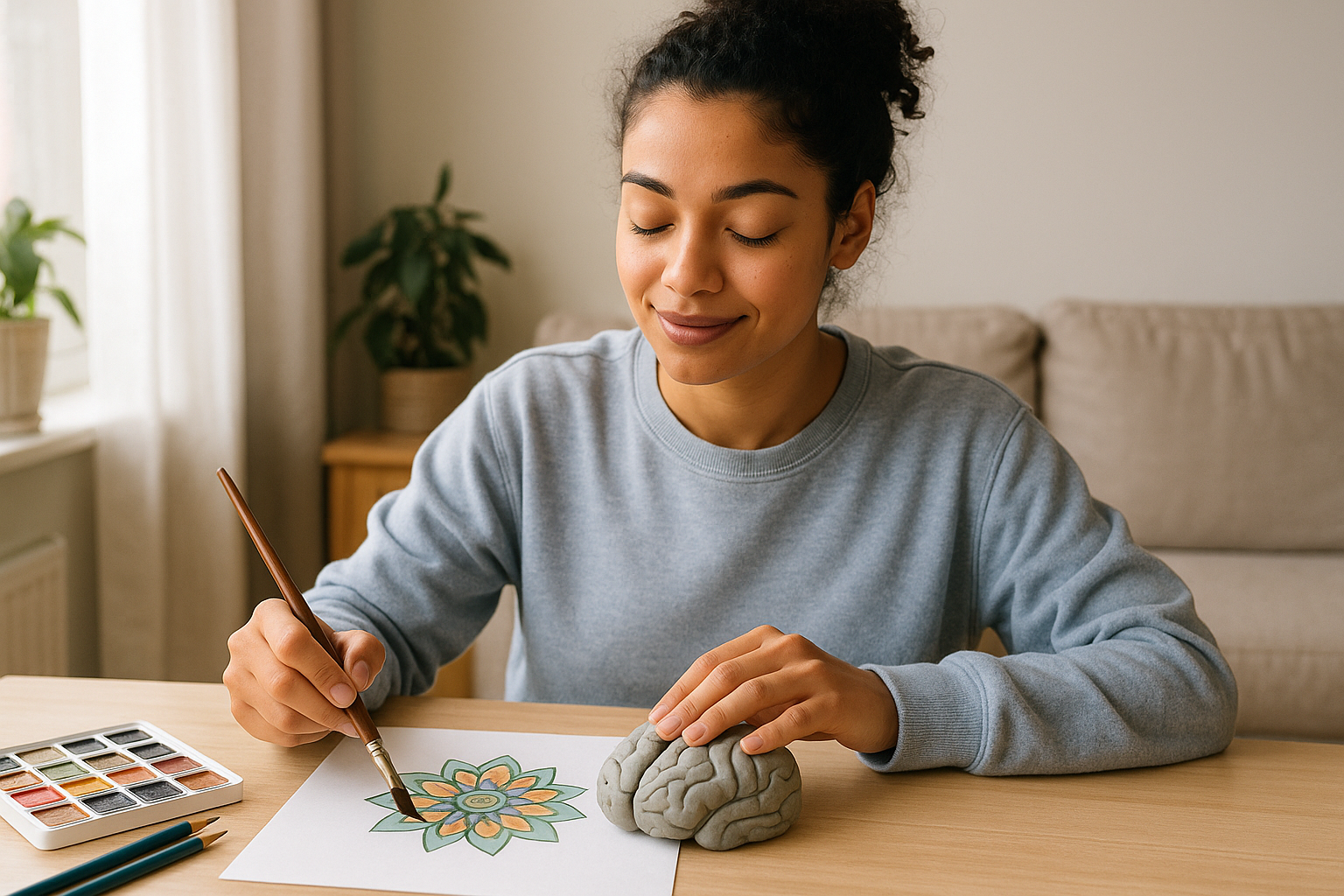In today’s fast-paced world, stress and anxiety are everywhere. Modern life piles on challenges—from packed schedules to relentless notifications—that can leave anyone feeling overwhelmed. For many, anxiety isn’t just a passing phase but a daily struggle. Panic attacks can happen anytime, making it tough to stay grounded or find relief. In those moments, traditional deep-breathing techniques help—but what if you need something more? At Trankua, we know relief should be accessible, instant, and diverse. That’s why we’ve developed coping strategies that reach beyond just breathing, bringing real calm whenever you need it.
Understanding Anxiety and Panic in the Digital Age
Anxiety rates keep rising, fueled by social media, work pressures, and global uncertainty. According to research output ID 1753285232, over 30% of adults battle anxiety disorders every year. Many people face intrusive thoughts, racing hearts, and a sense of losing control—sometimes with no warning. While breathing exercises form the backbone of self-soothing, your mind and body may need more creative interventions. Knowing your options empowers you to take back control, make healthier choices, and prevent anxiety from dictating your day.
1. Grounding Yourself with Sensory Anchors
When anxiety peaks, reconnecting with the present helps stop the emotional spin. Sensory anchors put your mind back in the now rather than spiraling about the future. Try these hands-on strategies:
- 5-4-3-2-1 Exercise: Name five things you see, four things you can touch, three things you can hear, two you can smell, and one you can taste.
- Temperature Shifts: Hold an ice cube, splash cold water on your face, or sip a warm drink. Feeling distinct temperatures grounds your senses swiftly.
- Textured Objects: Keep a smooth stone, stress ball, or textured fabric nearby and focus on its feel when stress creeps in.
These sensory strategies benefit you by distracting anxious thoughts, offering instant orientation, and calming physical symptoms. Using your senses can restore control when panic threatens to take over.
2. Mindful Movement and Gentle Exercise
Our bodies hold onto stress. Movement releases built-up tension and channels anxious energy into positive action. You don’t need a full workout—just a few intentional movements can make a difference. Consider these options:
- Progressive Muscle Relaxation: Clench and release your muscles, starting from your toes and moving up. This helps release hidden tension.
- Short Walks: Step outside or stroll around your room. Notice your footsteps, surroundings, and how your muscles feel.
- Gentle Stretching: Focus on slow, purposeful stretching to ease both body and mind.
By shifting focus to movement, your mind can break free from unhelpful thought loops. These practices promote a sense of presence and trigger relaxation responses that breathing alone sometimes can’t achieve.
3. Creative Distraction: More than Just Keeping Busy
Intentional distraction lets anxious thoughts fade into the background. Creative activities ask your brain to switch gears, which can provide both pleasure and relief. Here’s how to channel your creativity when anxiety shows up:
- Doodle or Draw: Grab a pen and let your hand move freely—no skill required.
- Write or Journal: Pour your thoughts onto paper, make lists, or even write a letter to your future self.
- Craft or Build: Use modeling clay, puzzles, or simple DIY kits. The act of making focuses your mind elsewhere.
- Music and Podcasts: Put on calming music or an engaging podcast and let your mind wander away from stress.
These methods encourage problem-solving, self-expression, and temporary escape, giving your nervous system a chance to reset. Plus, you gain mini-accomplishments which boost confidence.
4. Harnessing the Power of Positive Visualization
Thoughts hold more power than we realize. Visualization techniques work by redirecting your mind toward peaceful and uplifting imagery. Instead of focusing on worst-case scenarios, use your imagination as a safe haven:
- Safe Place Meditation: Imagine a comforting place in vivid detail. Picture the sights, sounds, and scents as if you are truly there.
- Future Self Affirmations: Visualize facing challenges with strength and composure. See yourself thriving beyond your current stressors.
- Guided Imagery: Listen to short recordings that lead you through calming scenarios.
Positive visualization soothes nerves, reduces panic symptoms, and rewires your emotional response to anxiety. Practice builds mental resilience and cultivates hope, even in tough moments.
5. Social Connection and Support Networks
Anxiety loves to isolate, but connection heals. Reaching out—even briefly—can pull you out of spiraling thoughts. Technology can support you in forging and maintaining meaningful social bonds. Here are supportive actions you can try:
- Text a Friend: Send a quick message, share how you feel, or just say hello.
- Join Support Groups: Use apps—including Trankua—to find virtual communities and group chats focused on wellness.
- Pet Time: Spend a few minutes with a furry friend or even watch uplifting animal videos.
- Voice Messages: Leave or listen to encouraging voice notes. Hearing a friendly voice offers fast comfort.
These connections remind you that you don’t have to battle anxiety alone. Even short social exchanges can shift your mood, spark hope, and help you feel part of a supportive community.
Make Calm Your Everyday Companion
Modern mental health care must be practical, creative, and always at hand. That’s why the Trankua App brings together these science-backed techniques—guided by research and real-life feedback—so you can manage anxiety wherever you are. Next time you face overwhelming feelings, try these creative coping strategies, and let Trankua guide you every step back to calm.

